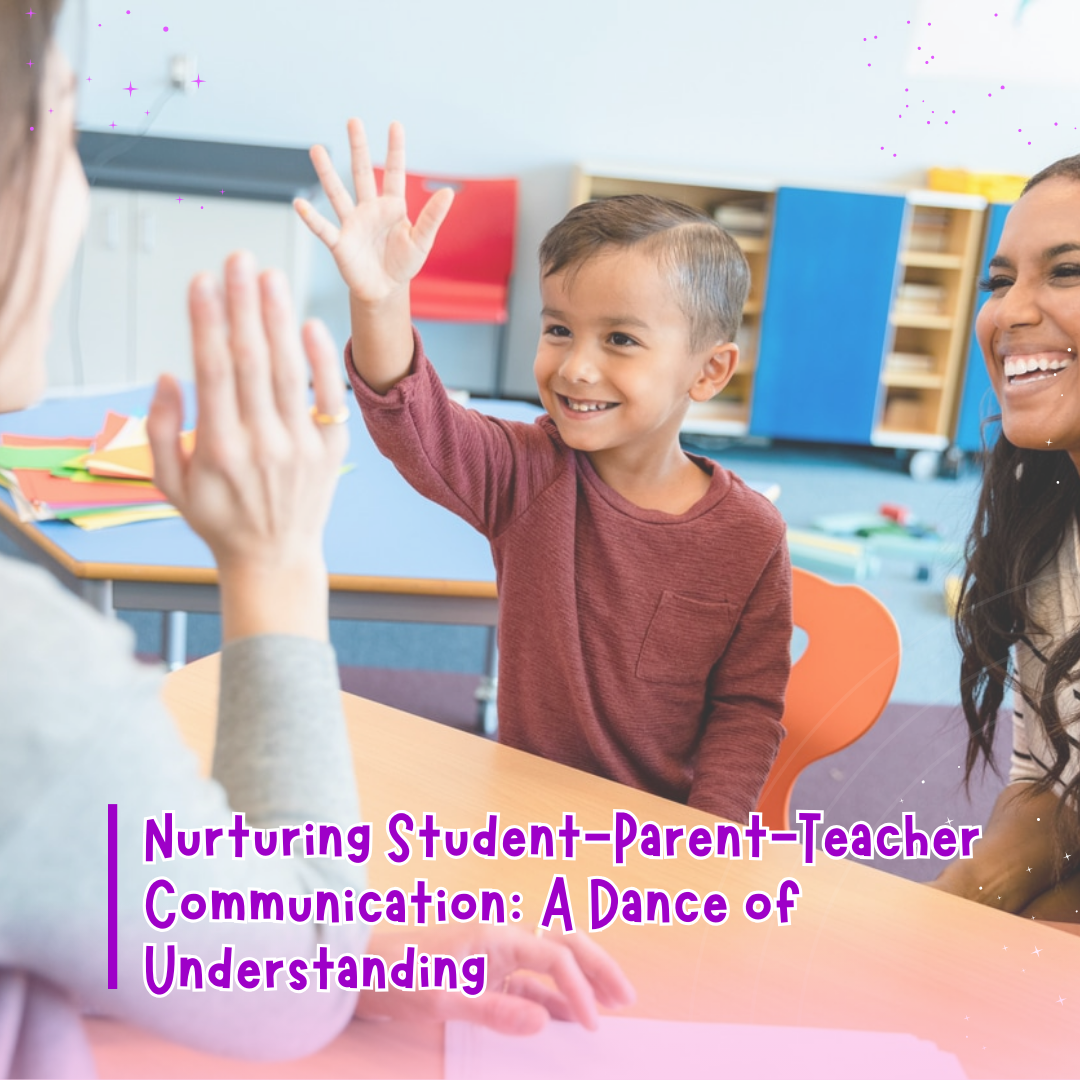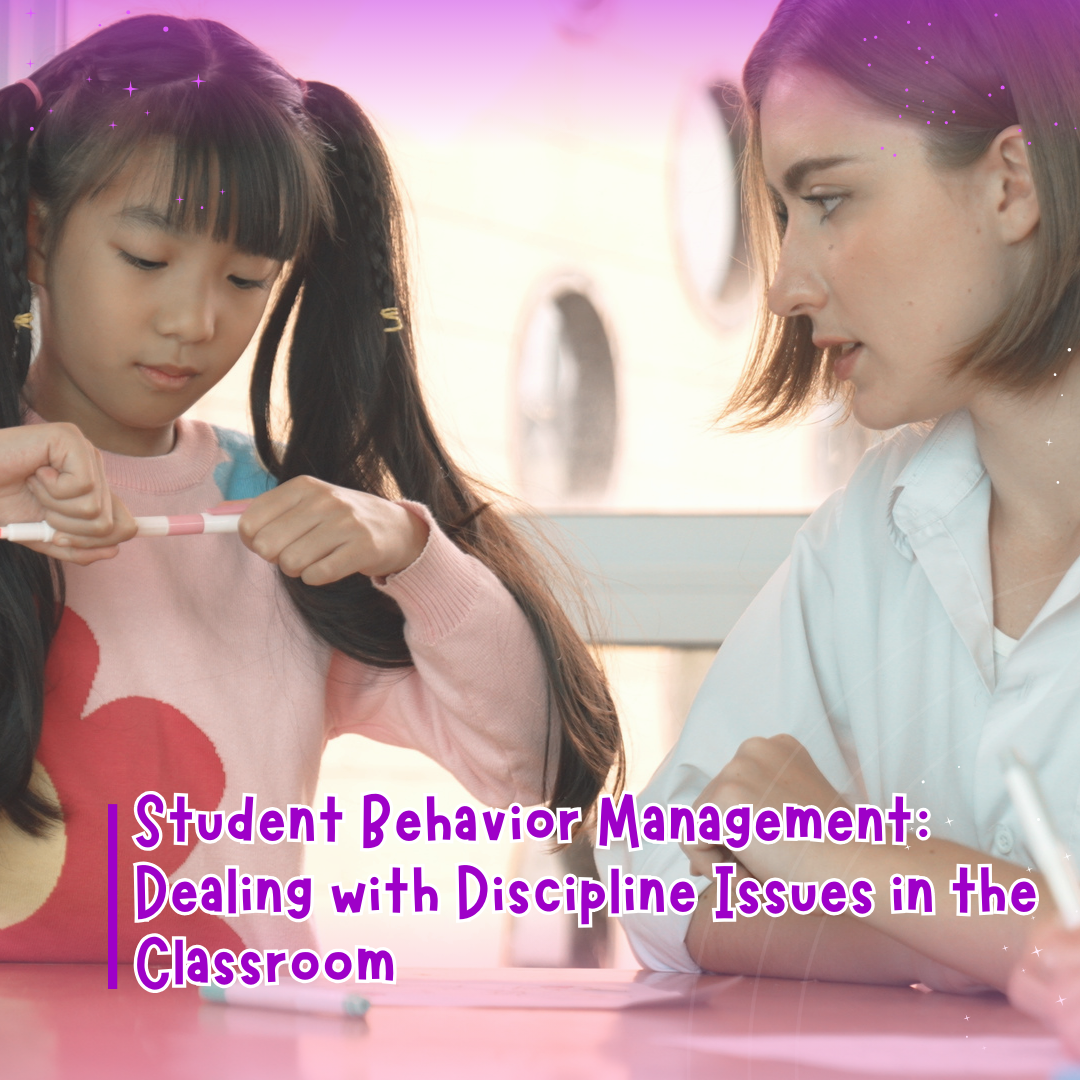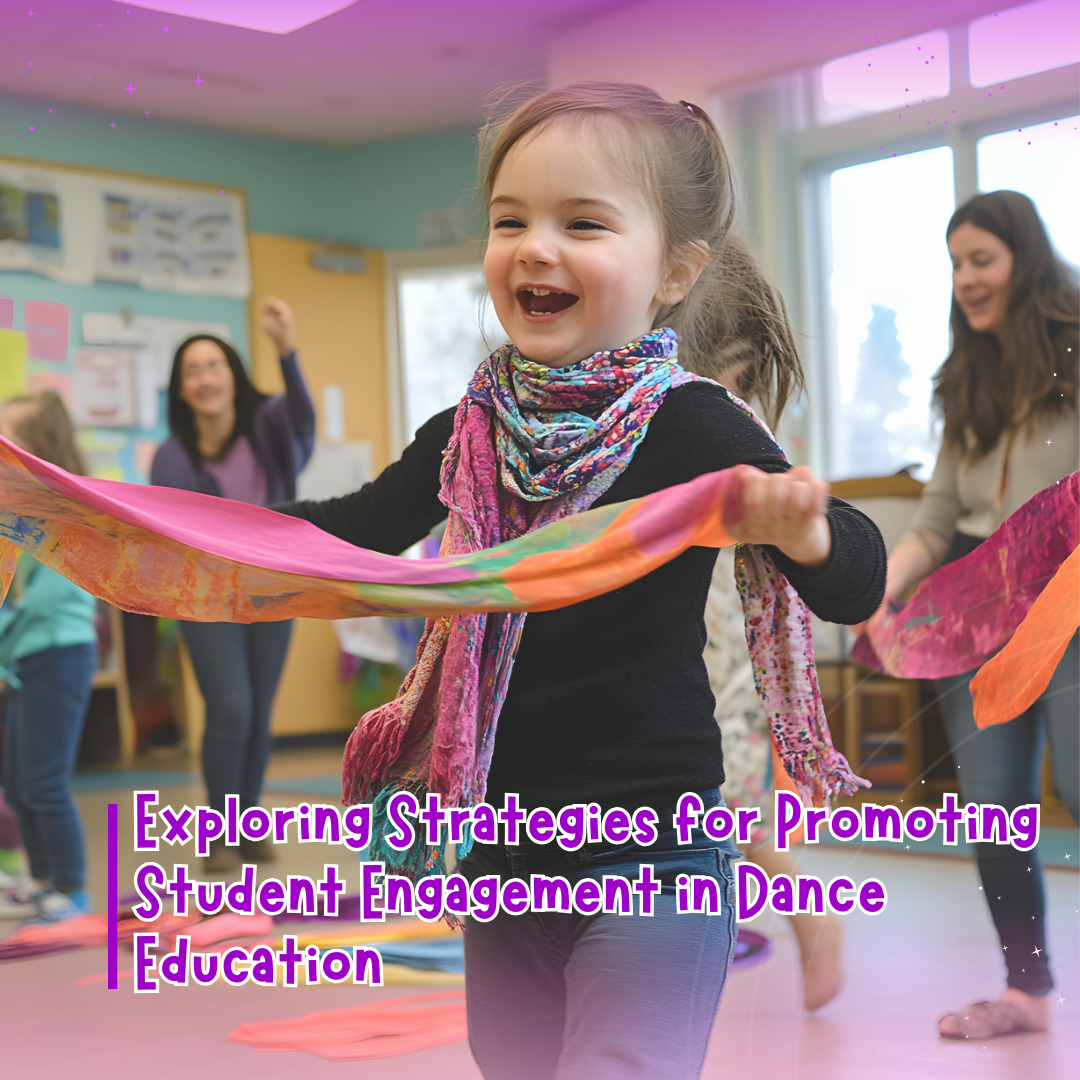Every student is unique, and so are their learning preferences. In today’s diverse classrooms, teachers are increasingly adopting differentiated instruction to meet the needs of all students. By addressing different learning styles, educators can ensure that every student has the opportunity to succeed, regardless of how they learn best. Below, we explore strategies for teaching multiple learning styles and how personalized education can enhance student engagement and outcomes.
What Is Differentiated Instruction?
Differentiated instruction is a teaching approach that tailors lessons and activities to the diverse needs of students. It recognizes that students have different learning styles, abilities, and interests, and aims to provide multiple ways for students to engage with material and demonstrate their understanding.
Why Differentiated Instruction Matters
Differentiated instruction is essential because it promotes inclusion and equity in the classroom. By providing personalized education that addresses individual needs, teachers can ensure that all students are given an opportunity to succeed, regardless of their learning preferences or abilities.
Common Learning Styles
Students typically have one or more preferred learning styles. The most common learning styles include:
- Visual Learners: Students who learn best by seeing. They benefit from diagrams, charts, videos, and visual aids.
- Auditory Learners: Students who learn best by hearing. They prefer listening to lectures, discussions, and audio materials.
- Kinesthetic Learners: Students who learn best through hands-on activities. They thrive in environments where they can physically engage with the material.
- Reading/Writing Learners: Students who learn best through written words. They prefer reading textbooks, taking notes, and writing essays or reports.
1. Understanding Student Learning Preferences
The first step in addressing different learning styles is understanding your students’ preferences. Teachers can use assessments or observations to identify how each student learns best and then tailor their instruction accordingly.
Learning Style Surveys
One effective method is to use learning style surveys at the beginning of the school year. These simple questionnaires help students reflect on their learning preferences and give teachers insights into how to structure lessons that meet the needs of their class.
Observation and Student Feedback
In addition to surveys, teachers can observe students during class activities and gather feedback. How do students react to different types of instruction? Are they more engaged during lectures, group work, or hands-on activities? This information can be invaluable when planning lessons that incorporate multiple learning styles.
2. Adapting Lessons for Different Learning Styles
Once teachers understand their students’ learning preferences, they can begin to differentiate instruction. By incorporating various teaching methods and materials, teachers can ensure that all students are able to access and engage with the content in ways that suit their learning styles.
Visual Learners
For visual learners, it’s important to include elements like diagrams, charts, maps, and videos in lessons. Teachers can also use visual organizers like mind maps or concept maps to help students structure information and ideas.
Auditory Learners
Auditory learners benefit from verbal instruction, so incorporating lectures, discussions, and audiobooks into lessons can be effective. Teachers might also encourage students to participate in classroom debates or group discussions to deepen their understanding through dialogue.
Kinesthetic Learners
Hands-on activities are essential for kinesthetic learners. These students thrive in environments where they can physically engage with the material, so incorporating experiments, building models, or role-playing scenarios into lessons can help these learners stay engaged and grasp the content.
Reading/Writing Learners
For students who prefer reading and writing, teachers should provide ample opportunities for note-taking, reading assignments, and writing exercises. Encouraging students to write summaries of what they’ve learned or create reports can help reinforce key concepts for these learners.
3. Incorporate a Variety of Teaching Methods
While it’s important to tailor lessons to individual learning styles, the most effective approach often involves incorporating multiple teaching methods into a single lesson. This allows students with different preferences to engage with the material in the way that suits them best.
Blended Learning
Blended learning combines traditional face-to-face instruction with online learning. This approach offers flexibility and allows teachers to integrate videos, interactive simulations, and online quizzes into their lessons, catering to a variety of learning styles at once.
Project-Based Learning
Project-based learning (PBL) is a highly effective way to engage students of all learning styles. In PBL, students work on a project over an extended period, using their preferred learning methods to conduct research, collaborate, and solve real-world problems. This approach allows for greater personalization and encourages deeper learning.
4. Use Flexible Grouping and Personalized Instruction
Flexible grouping is a strategy where students are grouped based on their learning needs or preferences, rather than ability level. By rotating groups, teachers can ensure that students are exposed to different perspectives and teaching methods.
Small Group Instruction
Small group instruction allows teachers to provide more personalized education by focusing on the specific needs of each group. Teachers can group students based on their learning styles and tailor activities to match their preferences, ensuring that each group receives the support they need to succeed.
Individualized Learning Plans
In some cases, teachers may need to create individualized learning plans (ILPs) for students with specific learning needs. These plans outline personalized goals and strategies for helping each student succeed, taking into account their unique learning preferences and any additional support they may require.
5. Foster a Growth Mindset in Students
Encouraging students to adopt a growth mindset is crucial for helping them embrace different learning styles. With a growth mindset, students understand that their abilities can be developed through effort, persistence, and the use of effective strategies.
Encouraging Self-Reflection
Teachers can foster a growth mindset by encouraging students to reflect on their learning preferences and strategies. Asking questions like, “What worked well for you in this lesson?” or “What could you do differently next time?” helps students take ownership of their learning and be open to trying new approaches.
Providing Constructive Feedback
Constructive feedback is key to helping students develop a growth mindset. By offering specific, actionable suggestions for improvement, teachers can help students see challenges as opportunities to grow and develop new skills.
Conclusion
Addressing different learning styles in the classroom is essential for providing personalized education that meets the needs of all students. By understanding student learning preferences, adapting lessons, incorporating various teaching methods, and fostering a growth mindset, teachers can create an inclusive and supportive learning environment. Differentiated instruction not only enhances student engagement but also helps ensure that every student has the opportunity to succeed.






